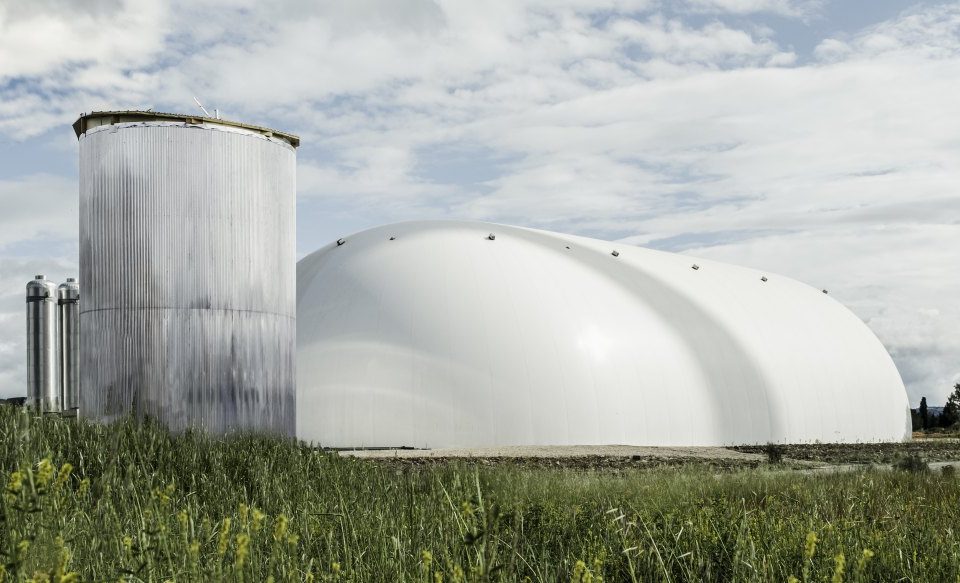Italian climate startup Energy Dome raises $44M to develop CO2 battery for renewable energy storage

Italian climate startup Energy Dome has secured €40 million (~$44M) in Series B funding, co-led by Eni Next, the venture capital arm of Italian energy company Eni, and Neva SGR, a venture capital firm owned by European banking group Intesa Sanpaolo.
Barclays’ Sustainable Impact Capital, CDP Venture Capital, Invitalia, Novum Capital Partners, and 360 Capital, all of whom are existing investors, also contributed to the funding round. Additionally, new investors such as Japan Energy Fund and Elemental Excelerator participated in the investment round. The company will use the new capital infusion to enter what the company calls “full commercial scaling mode on a global basis.”
“The use of proceeds of the round will serve to provide financial guarantees to customers as a demonstration that this team is ready to put their ‘skin in the game’ alongside their customers in deploying the CO2 Battery,” Energy Dome added. “The investment will also support Energy Dome’s business expansion in the U.S. in order to leverage at maximum from the opportunities deriving from the Inflation Reduction Act and the associated Investment Tax Credits available for utility-scale energy storage.”
Energy Dome specializes in utility-scale long-duration energy storage solutions. The company aims to tackle the challenges of energy storage faced by the renewable energy industry, such as the intermittency of energy supply from renewable sources. Its solution offers a flexible, reliable, and cost-effective way to store energy and provide a stable power supply.
Its “CO2 Battery” uses CO2 in a closed-loop cycle to store energy generated from renewable sources (such as solar). The company was founded in 2017 by a team of experts in renewable energy, electrical engineering, and industrial automation.
As we all know, climate change is one of the most significant challenges of our time. From drought and extreme weather events to rising sea levels that heighten the possibility of catastrophic flooding, the impacts of climate change are global in scope and cannot to ignore. Yet, we continue to burn fossil fuels, such as coal, oil, and natural gas, further accelerating global warming, which also impacts climate change.
In the quest to tackle the issues surrounding fossil fuels, renewable energy sources like solar and wind power have become increasingly popular. However, these energy sources present a unique challenge due to their variability. They may not always be available when needed, and their output can fluctuate based on weather conditions and other factors. Such variability can pose significant challenges to the dependability and stability of the electricity grid. That’s where renewable energy storage comes in.
Renewable energy storage plays a critical role in addressing these challenges by providing a means of capturing excess energy when it is available and storing it for later use when it is needed. By doing so, renewable energy storage can help to smooth out the variability of renewable energy sources, making them more predictable and reliable.
“Our CO2 Battery is ready for the market and, after closing the Series B round, we are ready to guarantee its performance to any customer that is real about getting rid of fossil fuels and substituting with dispatchable renewable energies,” Energy Dome founder and CEO Claudio Spadacini said in a statement.
Energy Dome’s energy storage system is based on liquid air energy storage technology, which involves converting air into a liquid form by cooling it to -196 degrees Celsius (-321 degrees Fahrenheit). The liquid air is then stored in insulated tanks and can be used to produce electricity on demand by converting it back into a gas and using it to drive a turbine. This technology enables the storage of large amounts of energy for extended periods, making it ideal for integration with renewable energy sources like wind and solar power.

